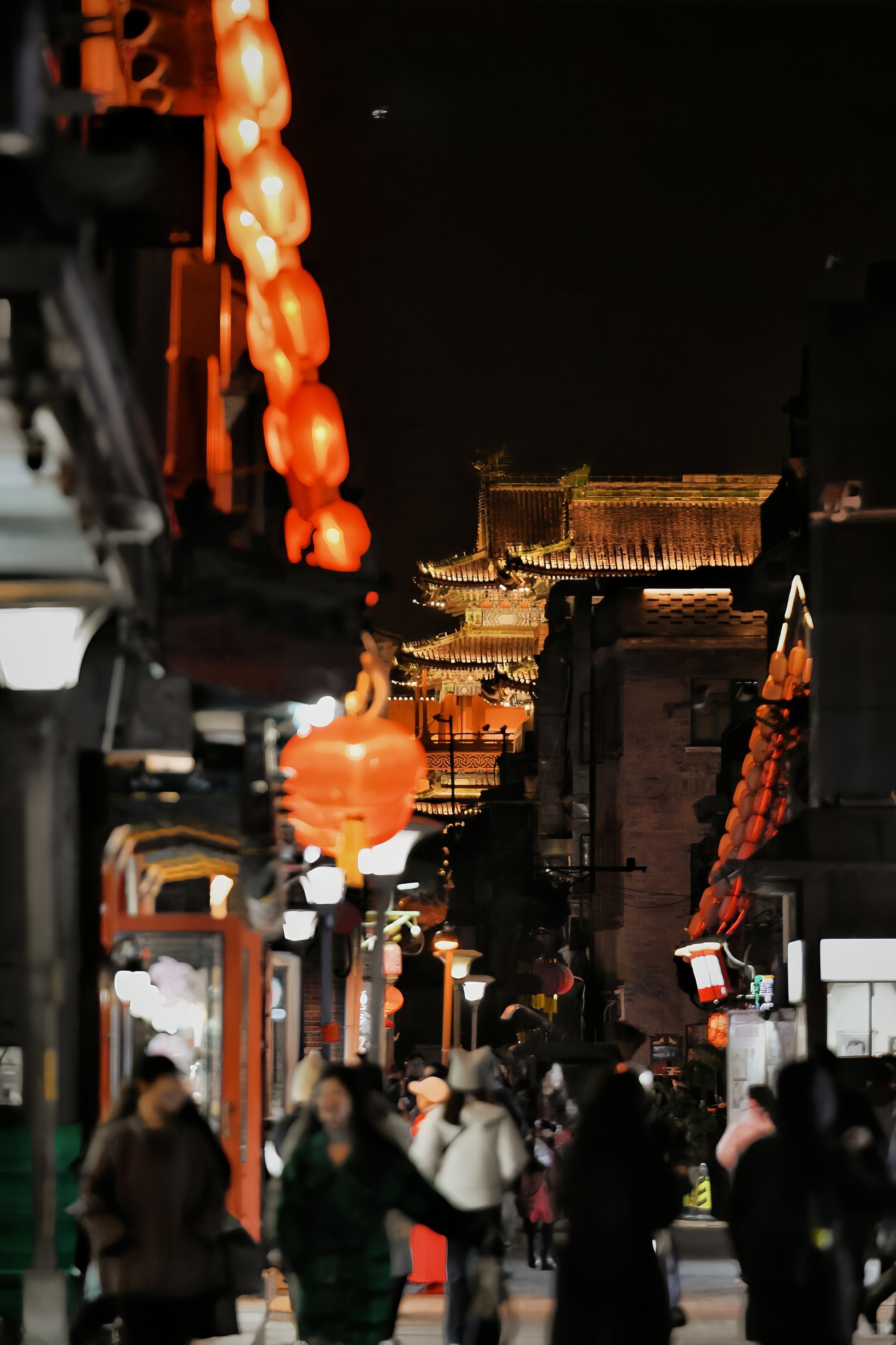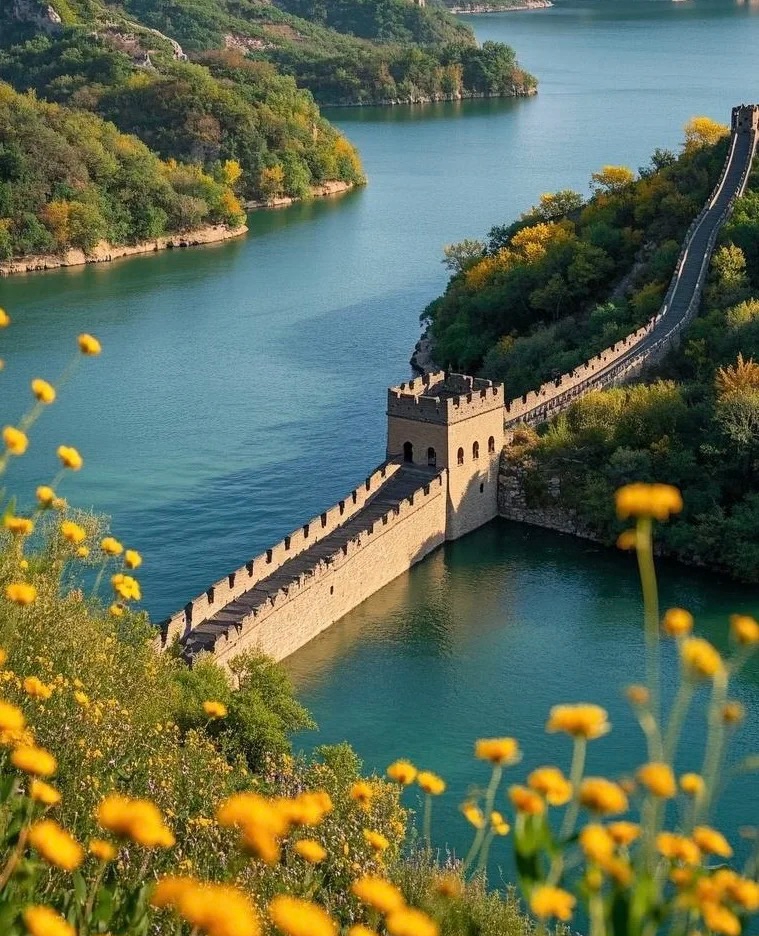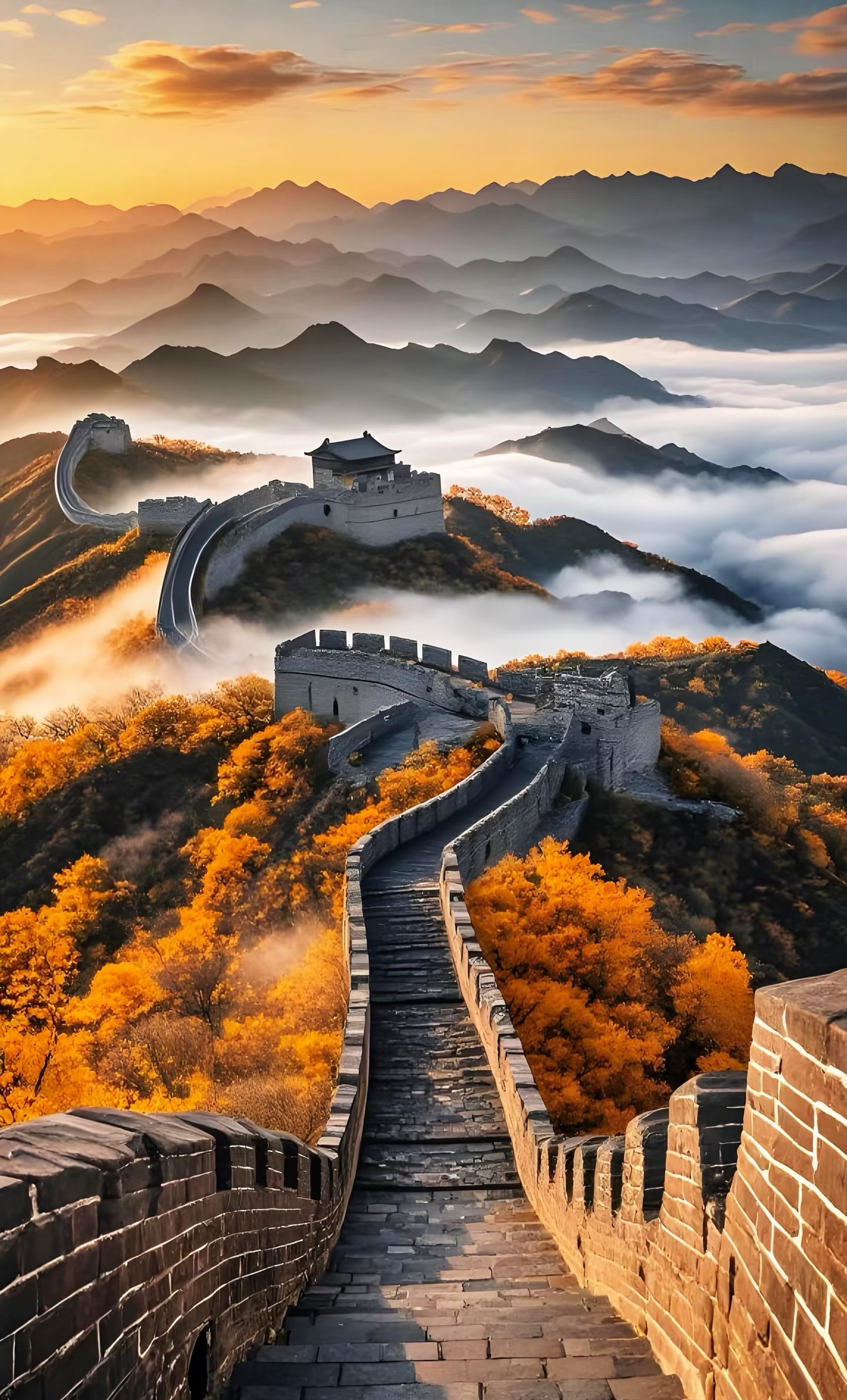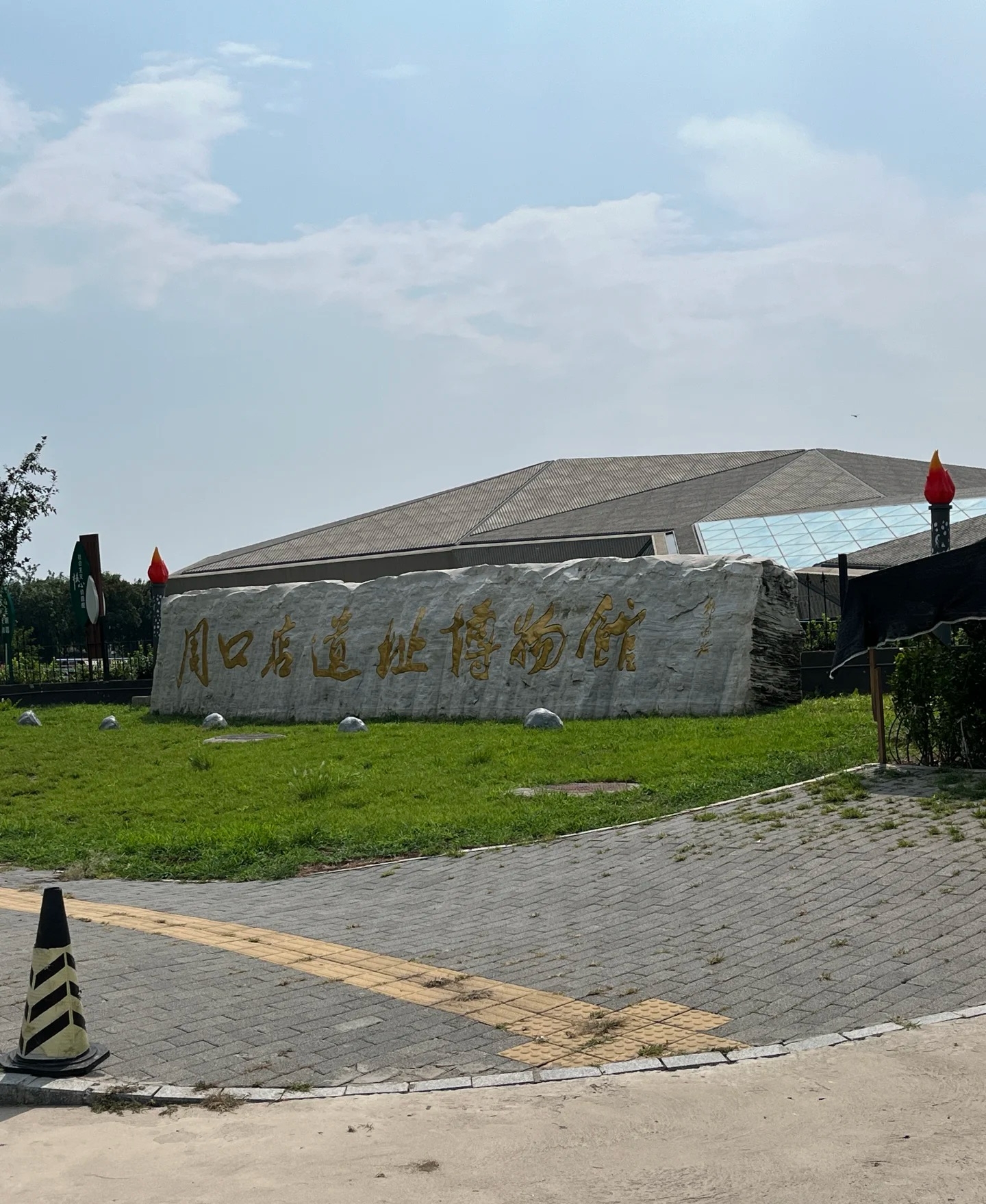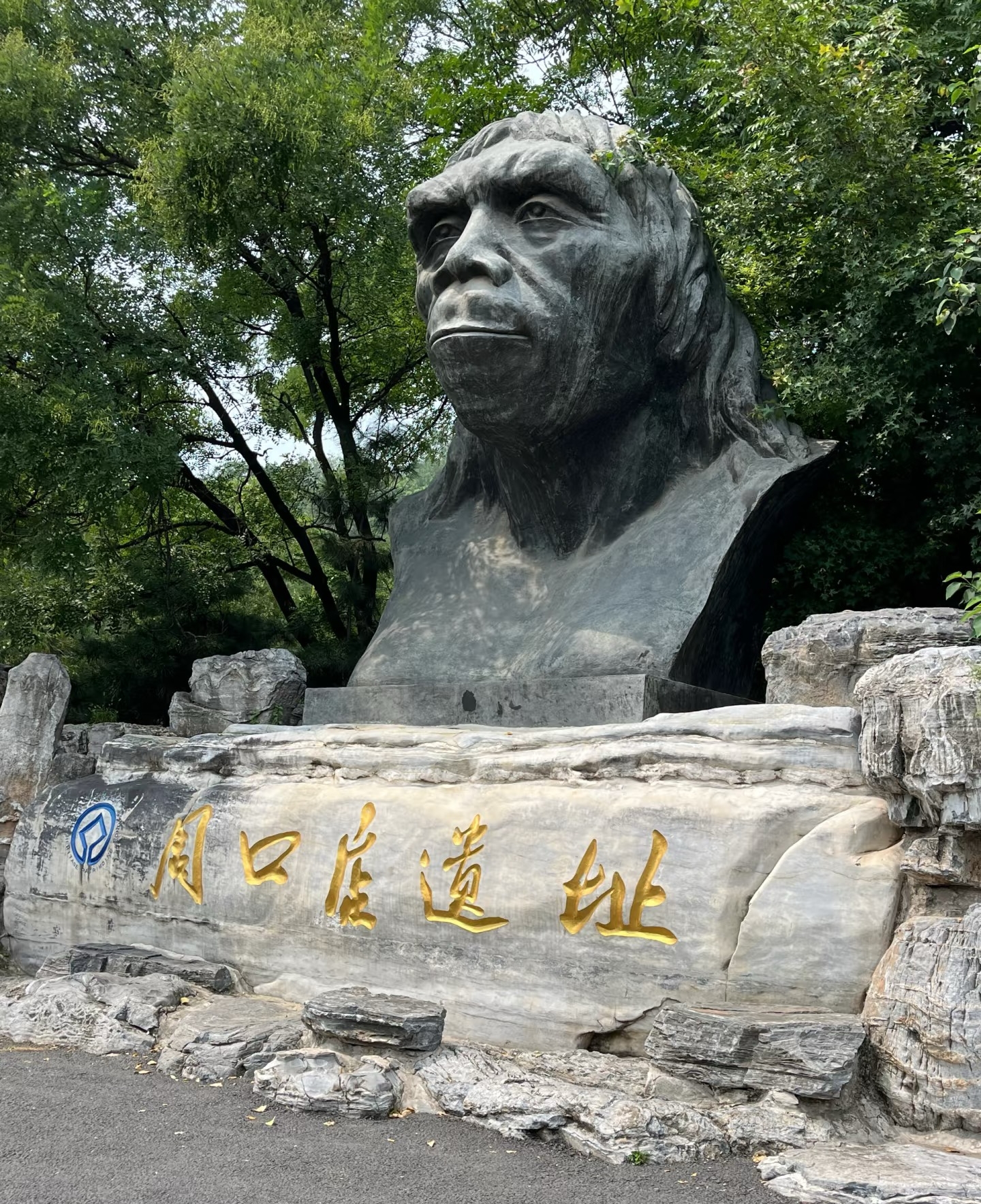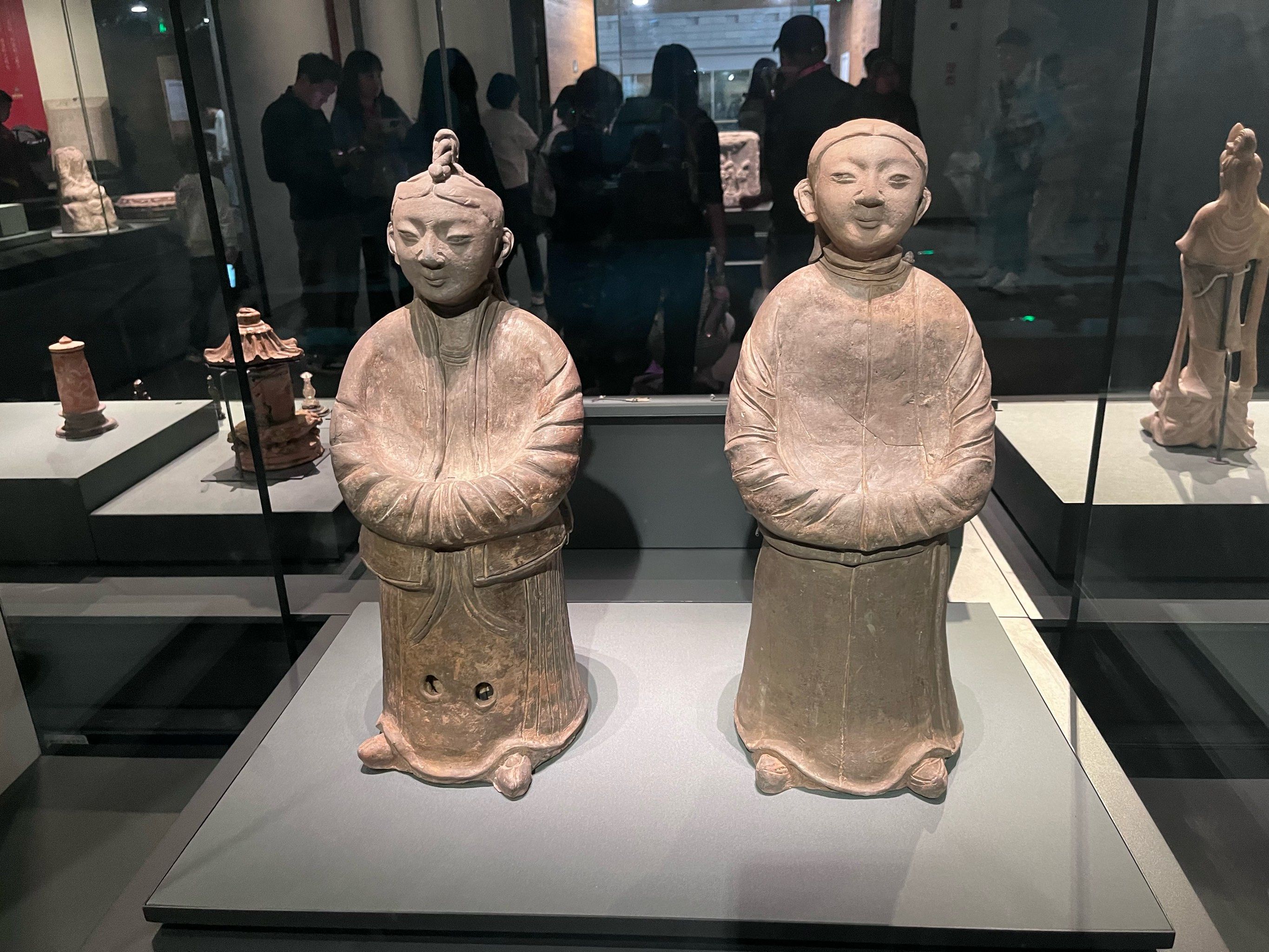

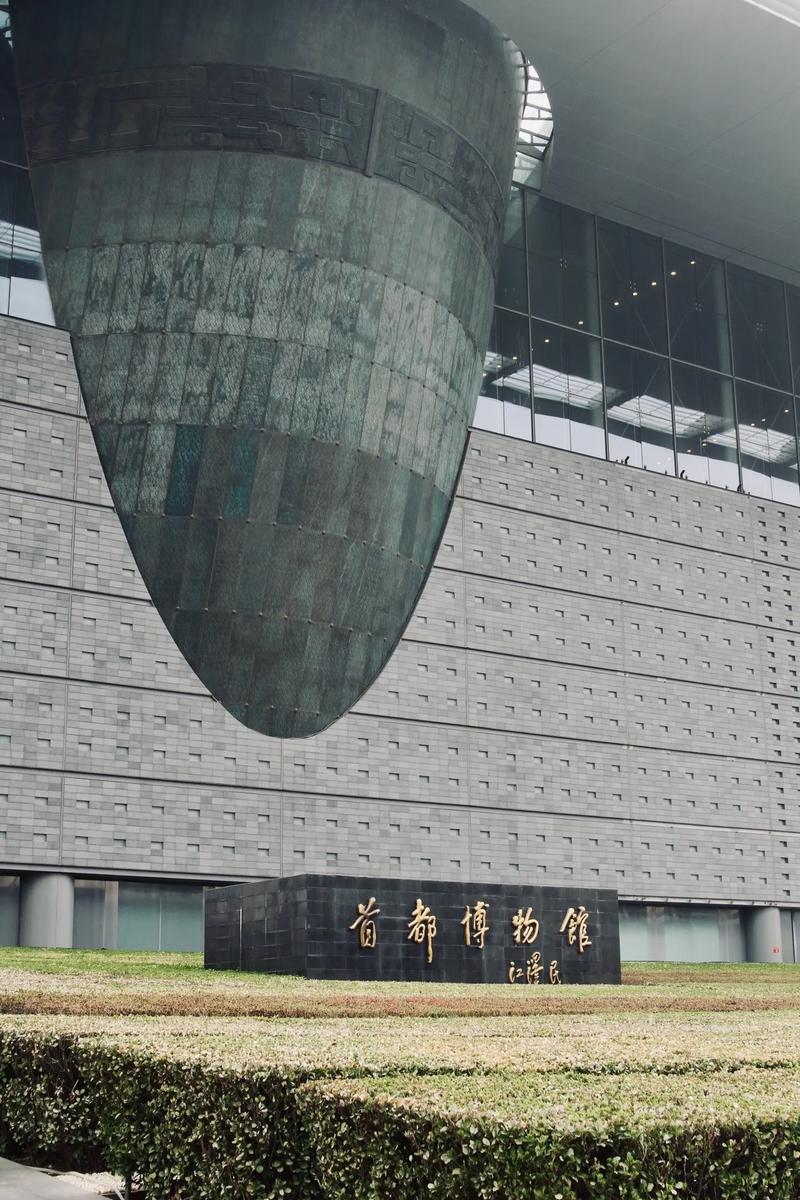
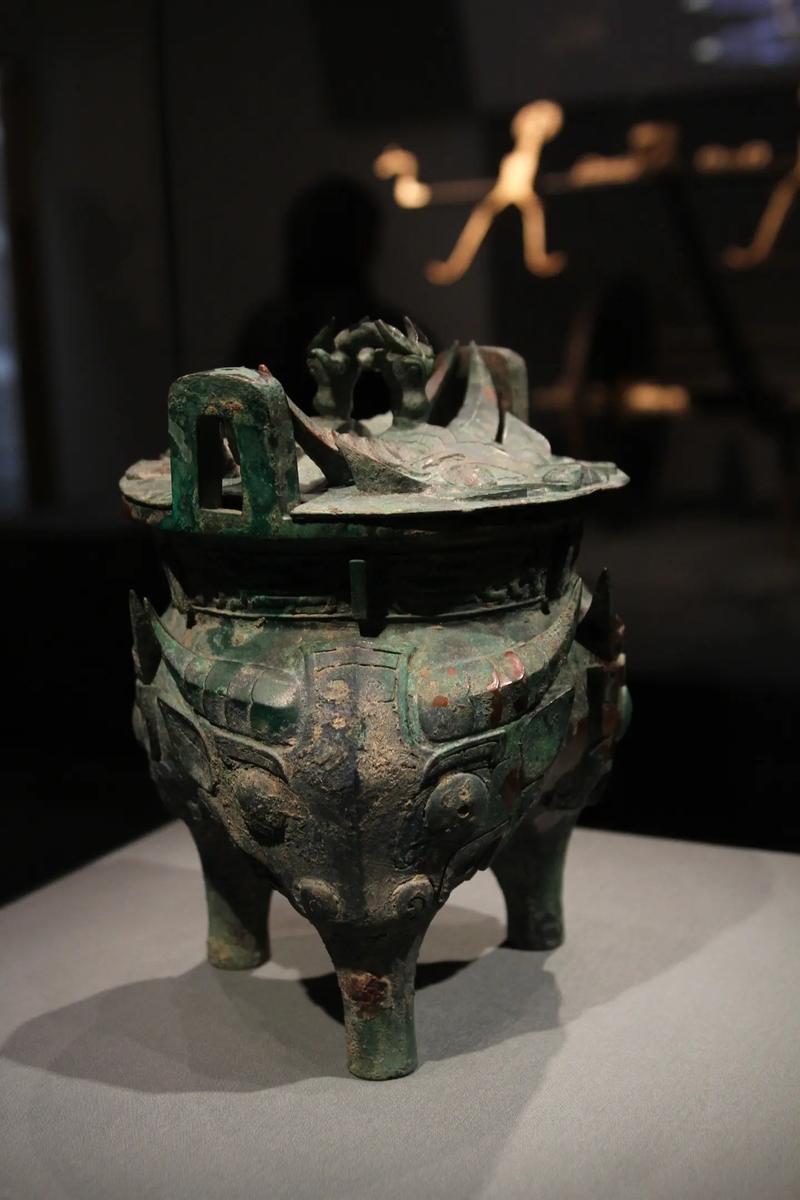

Capital Museum
The Beijing Capital Museum, located in the Dongcheng District, is a comprehensive museum dedicated to preserving and showcasing the rich cultural heritage of Beijing and China. Opened in 2006, the museum is housed in a modern architectural complex spanning over 70,000 square meters. Its collection includes more than 200,000 cultural relics, ranging from prehistoric artifacts to contemporary artworks. The museum is particularly renowned for its collection of Beijing-specific historical artifacts, including imperial seals, calligraphy, ceramics, and archaeological finds. Its innovative exhibition design, interactive displays, and multilingual guides make it an engaging destination for both domestic and international visitors interested in understanding the depth and complexity of Beijing's historical and cultural evolution.
Information
Ticket price
Time
Location
16 Fuxingmen Outer St, Xicheng District, Beijing, China
View maps
More about the trip
Capital Museum: A Window into Beijing's Soul
The Capital Museum is a modern and expansive institution dedicated to the history, art, and culture of Beijing. Its striking architecture, which combines classical Chinese elements with contemporary design, houses a vast collection of over 200,000 artifacts. It offers a comprehensive and engaging journey through the city's rich past.
What to See and Do
Permanent Exhibitions: The museum features several permanent exhibitions that showcase the story of Beijing. These include displays on the city's history, construction, and folk customs, as well as a hall dedicated to the display of ancient porcelain, bronze, and jade.
Thematic Exhibitions: The museum is known for its high-quality temporary exhibitions, which cover a wide range of topics from ancient calligraphy and painting to contemporary art and international cultural exchanges. Check the museum's schedule before your visit to see what's on.
Architectural Design: The building itself is an attraction. Designed by the French architectural firm AREP, it features a massive, sloping roof, a glass curtain wall, and an elliptical exhibition hall that appears to protrude from the main structure, symbolizing an ancient artifact unearthed from the ground.
Interactive Displays: The museum incorporates modern technology and interactive displays to make the exhibits more engaging for visitors of all ages.
Best Time to Visit
The museum is an excellent year-round destination, providing a great indoor activity regardless of the weather. To avoid crowds, it is best to visit on a weekday. Note that the museum is typically closed on Mondays.
How to Get There
The Capital Museum is conveniently located on Fuxingmen Outer Street in Xicheng District. You can take Metro Line 1 to Muxidi Station (Exit C1) and walk east for a few minutes.
Travel Tips
Book in advance: Admission is free, but you need to make a reservation online through the museum's official website or WeChat account, especially during peak season.
Audio guides: Audio guides are available in multiple languages and can enhance your understanding of the exhibits.
Time allocation: Plan to spend at least 2-3 hours to explore the main exhibitions.

